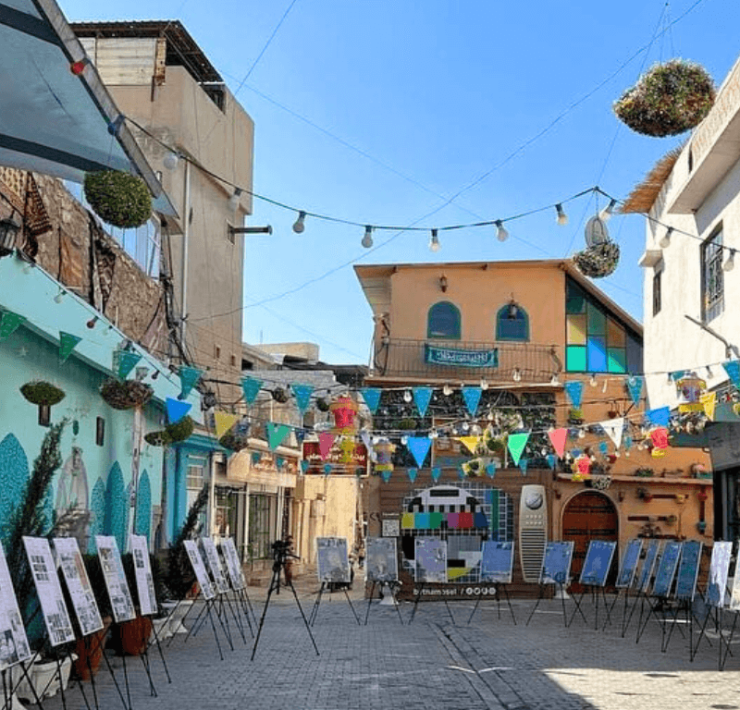There are so many pronunciations for this Middle Eastern dish, from kafta to koftas, kebab to kebob, yet all share close similarities. These morsels of spiced meat can vary in shape and size, but are equally delicious served steaming hot with fresh bread and with cooling dips in the scorching summer heat.
Bread (khubz) across the Middle East could be said to be a staple of everyday life. When strolling through a village or local medina, it’s unusual not to smell the wafting scent of sweet, yeasty freshly-baked khubz. Its importance in the day-to-day rhythms of family life can’t be undervalued, with some Governments in this corner of the world providing subsidies to bring down the price of this essential commodity.
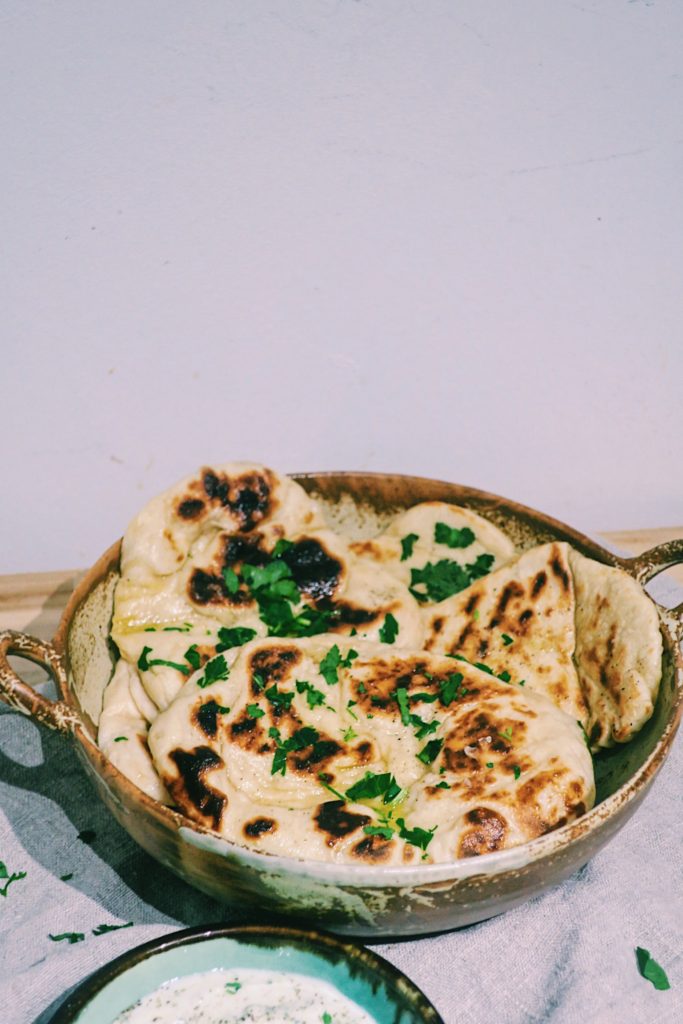
In this recipe the bread is leavened, so it requires time for the dough to gently rise ahead of grilling. This precious time results in a puffed-up bread with a delightfully fluffy exterior, perfect for dipping, wrapping and wiping plates clean of any juices. I make these koftas with just low-fat lamb mince as the meat is light and tender, but with a flavour that holds its own when set against the dried cayenne pepper, cumin and paprika. You can serve this as a main course alongside roasted vegetables such as courgette and aubergine, or with a fattoush salad or as part of a selection of small mezze dishes.
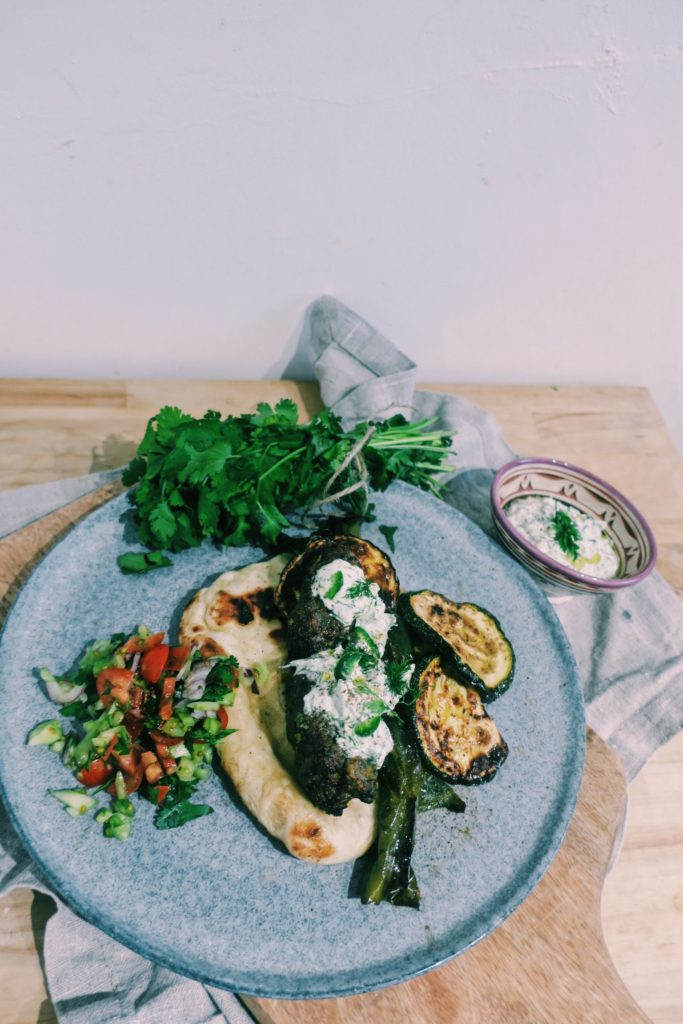
INGREDIENTS
Makes 6 koftas and 12 flatbreads
FLATBREADS
- 500g strong, white bread flour
- 10g fine table salt
- 10g instant yeast
- 30g salted butter
- 300ml warm water (room temp)
- Olive oil
KOFTAS
- 500g lean minced lamb (chilled in fridge overnight)
- 1 small red onion, finely chopped
- 2 cloves of garlic, crushed
- Handful of fresh coriander, roughly chopped
- ½ tsp black peppercorns (crushed)
- 1 tsp cumin powder
- ½ tsp turmeric powder
- 1 tsp paprika picante
- 1 tsp of dried ginger
- 1 tsp ground coriander
- 1 tsp of cayenne pepper
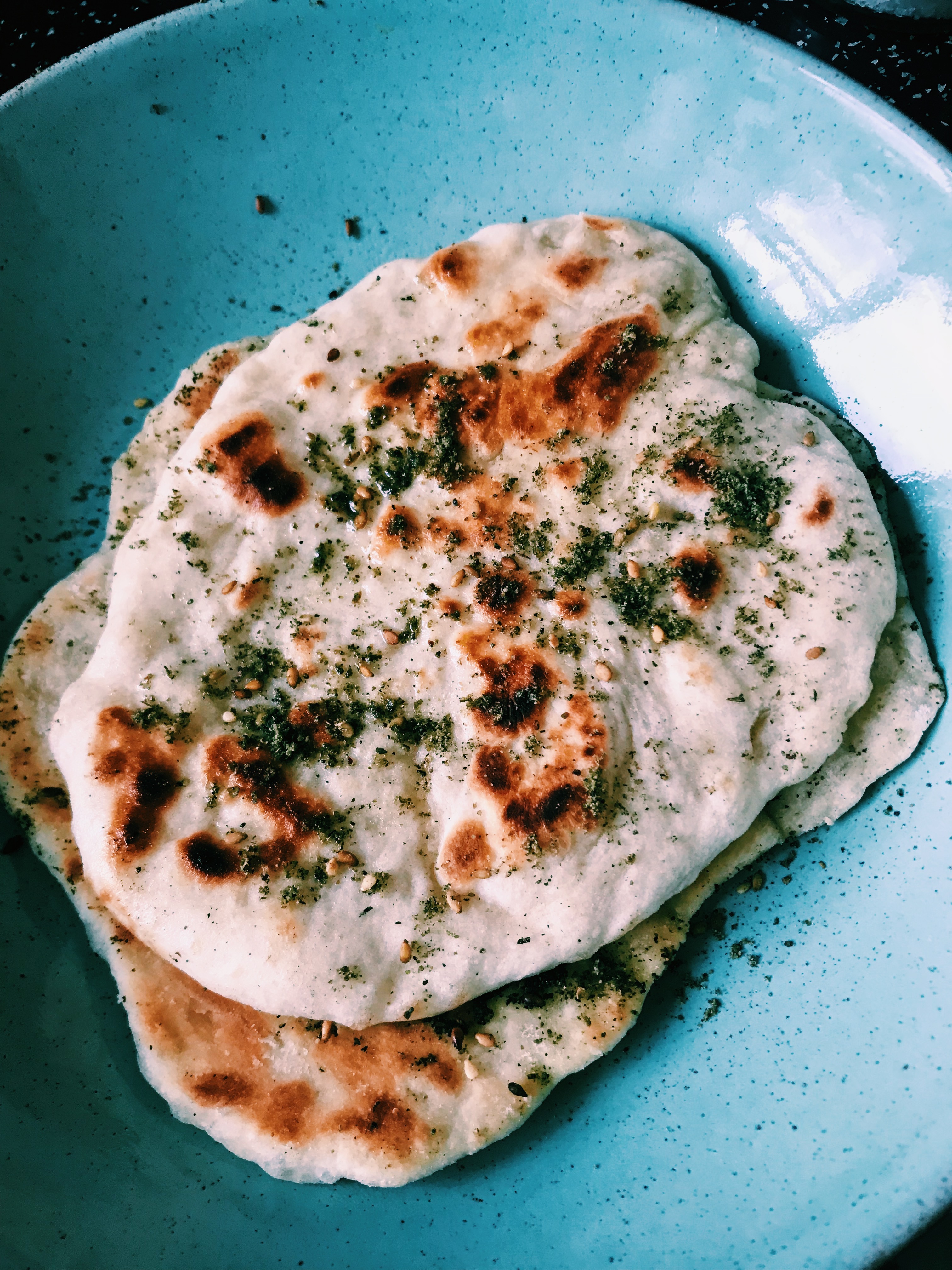
METHOD
- Put the flour in a large, warm mixing bowl and add the salt and the dried yeast. Add the butter and most of the water, then mix with your hands to bring the mixture together. Gradually add the remaining water until all the flour is mixed in.
- Put the flatbread dough on a lightly floured board and knead for 5-10 minutes. When the dough feels smooth and silky, place it back in the mixing bowl, cover it with a warm tea towel and leave it in a warm place to rise for at least an hour until the dough has doubled in size.
- Meanwhile, you can start preparing the koftas. By keeping them chilled, the mince will hold itself together without needing egg as a binding agent. Preheat the oven to 180c. for cooking once you’re ready.
- To create an even texture of herbs, onion and mince within your koftas you can add all the kofta ingredients including spices into a food processor and blend until evenly distributed. If you’re not using a food processor, simply mix the ingredients in a bowl and mix thoroughly with your fingers. Once done, shape your koftas into 6 or more small round balls and set aside to chill for a further 10 minutes in the fridge ahead of cooking.
- Place your koftas on a baking tray in the pre-heated oven and bake for 25 minutes until browned and cooked through.
- Meanwhile, tip the risen flatbread dough on to a floured surface, fold repeatedly until all the air is knocked out of it, then tear it into 12 equal pieces. Roll each piece into a ball. Flatten each ball with a rolling pin into a disc or oval about 16cm in diameter. Place on a baking sheet and continue with the others.
- To grill the flatbreads, warm a heavy-based skillet or grill pan over a moderate heat. Rub lightly with a little olive oil, place two or three flatbreads into the pan and cook for 3-4 minutes. Once they have darkened here and there, turn them over and cook the other side. A little blistering is good.
- Remove and eat immediately along with the koftas. Leftover flatbreads can be frozen and defrosted for another day or simply eaten with shop-bought hummus or a drizzle of olive oil (delicious!), whilst the koftas will stay fresh to eat for 2-3 days and should not be frozen.
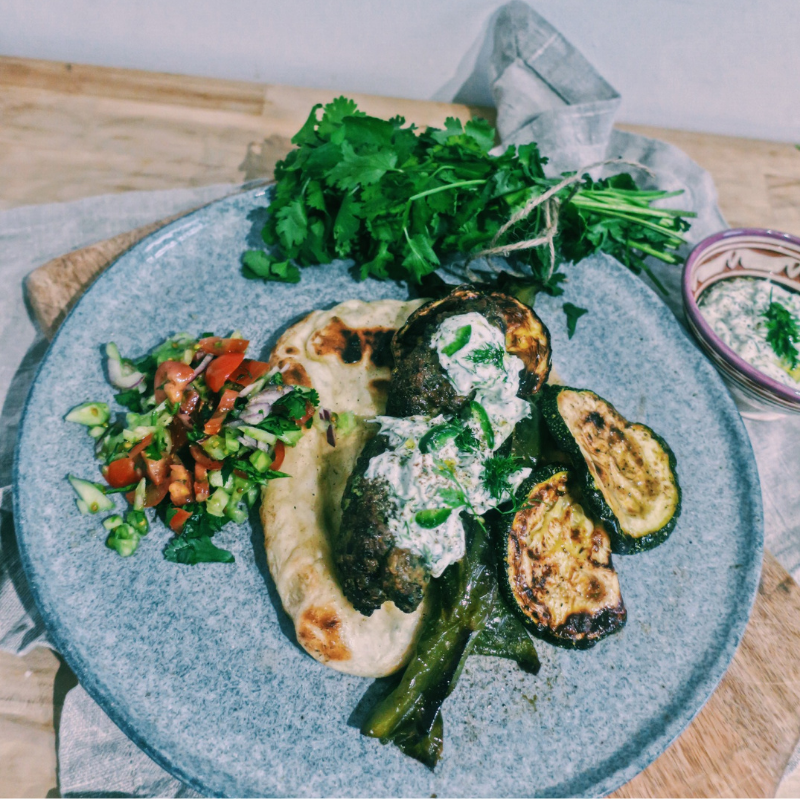
Recipe and photos by Lydia Daniels. You can find more of Lydia’s delicious, North African-inspired recipes on her blog, The Foody Girl.




